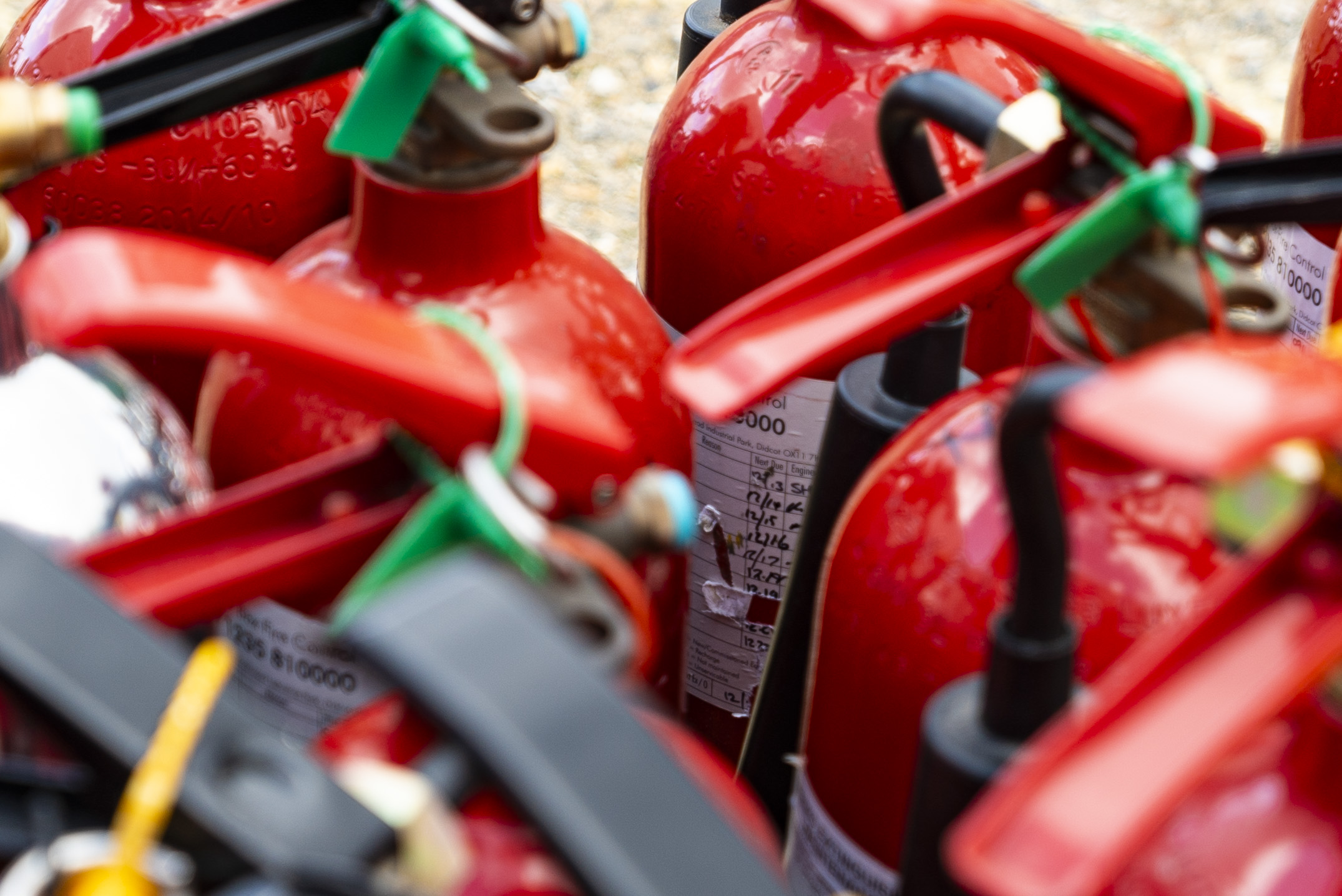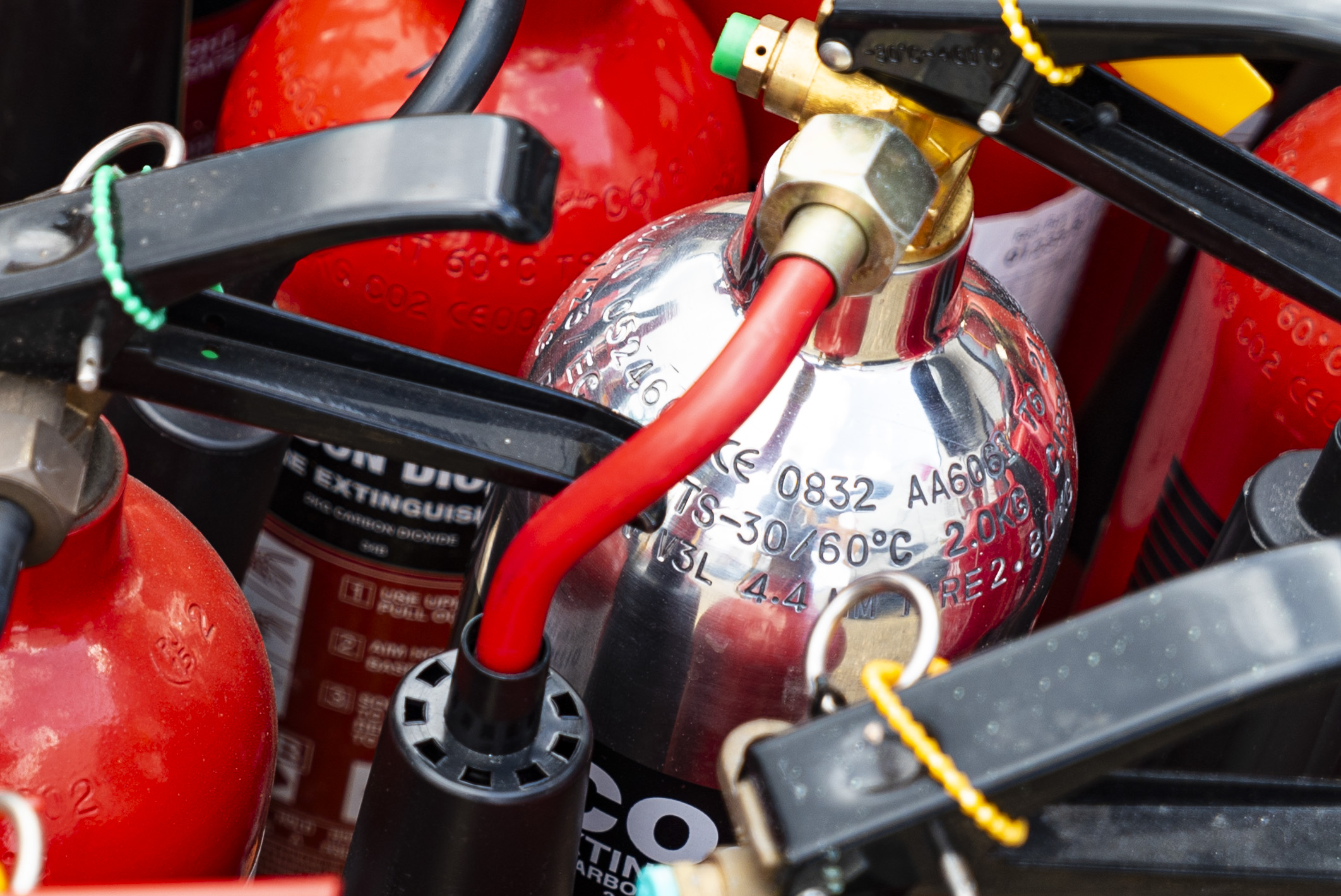What are the 5 steps of a Fire Risk Assessment?
Are you a business owner, landlord, or property manager responsible for conducting fire risk assessments and minimising the potential dangers of fire in your premises? If so, understanding how to perform this effectively is essential.
In total, there are five steps in a Fire Risk Assessment that serve as a helpful guideline to ensure that all necessary issues are thoroughly considered.
In the following sections, you will learn about each step of a fire risk assessment, helping you gain confidence in conducting one.
The five main steps that will be looked at in the fire risk assessment are:
1. Evaluate
After identifying fire hazards and their associated risks, the first step in a fire risk assessment is to determine how to eliminate the hazard or reduce its risk.
Consider including the following fire safety measures:
- Are your staff all trained and know what to do in a fire?
- Are all alarm systems working and can be heard by everyone in the building?
- Have you got sufficient fire extinguishers, are they visible, and are your staff trained to use them?
- Is the fire safety equipment regularly checked?
- Have you assessed the potential for heat, smoke, and fire to spread uncontrollably through your building?
- Can people use the escape routes safely?
2. Identify hazards
The second step in a fire risk assessment involves examining your building(s) and noting potential fire hazards. It may be beneficial to talk to individuals who spend a significant amount of time in the workspace, as they might have insights into issues that are not immediately obvious to you.
This report should include all hazards present in the building, including sources of fuel and oxygen.
3. Identify people at risk
For each hazard identified in the initial step of the fire risk assessment, it is essential to specify who might be at risk. This clarity will aid in effectively managing the risk.
You don’t need to mention specific names; instead, you can identify groups of people who may be near the fire hazard and how they could be left vulnerable. Different occupants may have varying needs that increase their risk. For example, wheelchair users might be unable to use the building’s lift in an emergency.
4. Record
Documenting all findings from the assessment and sharing them with the occupants of your building is an essential next step.
This will motivate everyone to implement the results of your fire risk assessment effectively. You should be able to demonstrate the following:
- Proper checks were conducted.
- All obvious and significant hazards were addressed.
- The number of people who may be affected is noted.
- The precautions taken are reasonable.
- The remaining risks are minimal.
5. Review
Circumstances can change frequently, so it's essential to regularly review your fire risk assessment. Consider if improvements are still needed, if others have identified any issues, or if you've learned from past accidents or near misses.
If you're responsible for the assessment, understanding the process is crucial. By following the five outlined steps, you can ensure that you address all key factors and minimize potential harm to people and property.
Need More Information?
If you would like more information or assistance with carrying out fire risk assessments, please no not hesitate to get in touch. Our team of experienced experts are happy to help.
How One Factory Transformed Fire Safety
If you are looking for more information on fire risk assessments, and hidden risks businesses often overlook, take a look at our brand-new case study.
Learn about the hidden risks, the step-by-step process of a fire safety audit, and how one factory prevented catastrophic loss.




